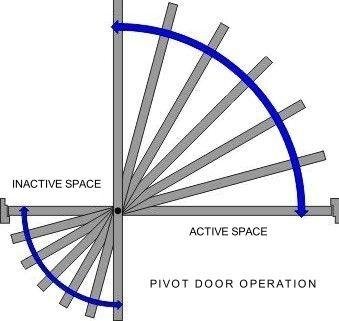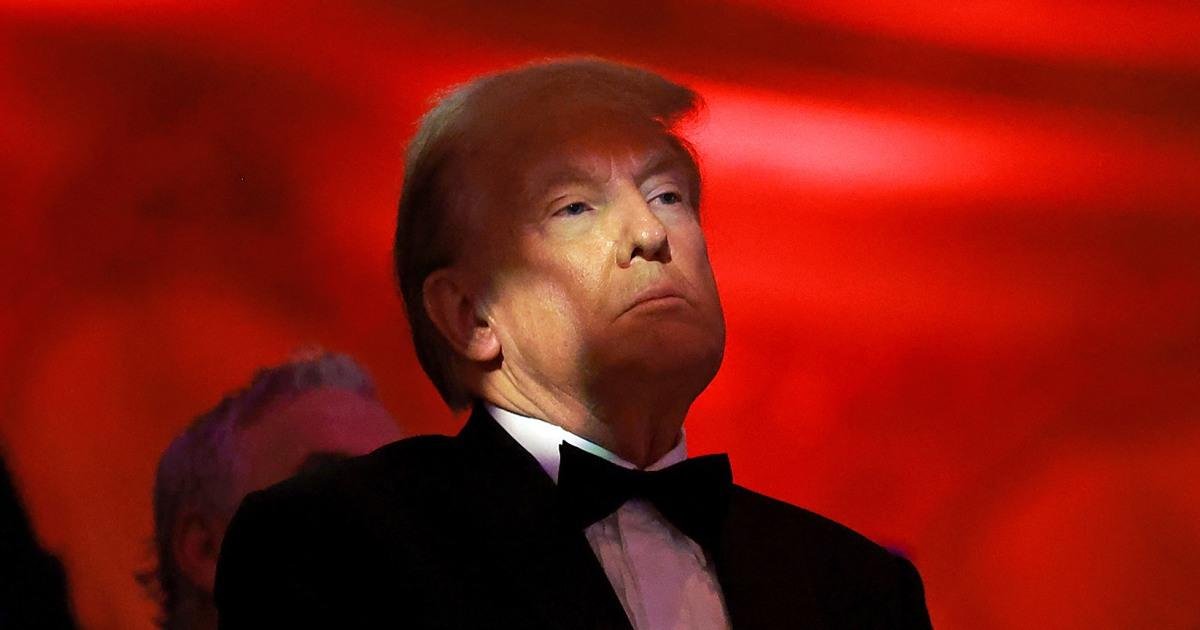After a tumultuous election season where every twist and turn was met with thunderous applause or resounding disapproval, the dust has settled, and the incoming administration shifts its focus from lofty campaign promises to the grounded reality of governance. For the Trump camp, this means a departure from some positions, a doubling down on others, and a whole lot of uncertainty in between. Among the most notable about-faces is the team’s newly-found embrace of Project 2025, which was once derided as nothing more than a fantastical pipe dream. Now, with the keys to the kingdom within reach, the Trump team is taking a second look at the ambitious infrastructure proposal, and they may just find that it’s not as bad as they thought.
1) Pivot and Contextualization: From Project 2025 to a New Approach
Pivot and Contextualization: From Project 2025 to a New Approach
Despite dismissing Project 2025 during the campaign, President-elect Trump’s transition team has reportedly begun using it as a framework for developing their agenda. Project 2025, a Republican Party platform unveiled in 2016, outlines a comprehensive set of policy proposals on various issues, including taxes, healthcare, and immigration.
While the transition team has not explicitly endorsed every aspect of Project 2025, it is clear that they are drawing on its ideas as they craft their own plans. This shift is a significant development, as it suggests that the incoming administration is willing to consider proposals that were once considered too extreme. It also demonstrates the need for context when evaluating campaign rhetoric, as positions may change once a candidate takes office and faces the realities of governing.
2) Retooling for Governance: Specific Recommendations from the Transition Team
Retooling for Governance: Specific Recommendations from the Transition Team
The transition team has outlined a series of recommendations for improving the federal government’s governance. One recommendation is to create a new performance management system. The current system is often seen as too bureaucratic and ineffective, and the new system would be designed to measure performance more accurately and hold agencies accountable for results.
Another recommendation is to streamline the federal government’s contracting process. The current process is often slow and inefficient, and can lead to delays and increased costs. The transition team recommends developing a new, more efficient contracting process that would reduce delays and increase transparency. Here is a table with examples of the transition team’s recommendations:
|Recommendation|Description|
|—|—|
|Create a new performance management system|The current system is often seen as too bureaucratic and ineffective, and the new system would be designed to measure performance more accurately and hold agencies accountable for results.|
|Streamline the federal government’s contracting process|The current process is often slow and inefficient and can lead to delays and increased costs. The team recommends developing a new, more efficient contracting process that would reduce delays and increase transparency.|
|Create a new office to coordinate the federal government’s response to cybersecurity threats|The current system is often fragmented and ineffective, and the new office would be responsible for coordinating the government’s efforts to protect the country from cyberattacks.|
|Establish a new commission to review the federal government’s regulatory system|The current system is often seen as too burdensome and inefficient, and the new commission would be charged with recommending ways to make it more efficient and effective.|
3) Beyond Disavowal: Understanding the Rationale Behind Embracing Project 2025
Understanding the Rationale Behind Embracing Project 2025
The subsequent embracing of Project 2025 by the Trump administration underscores the multifaceted nature of political maneuvering and policy evolution. The rationale behind this shift can be attributed to several factors:
Evolving Priorities and Assessments: As a president-elect facing the realities of governance, Trump may have revisited the potential benefits of Project 2025. Considerations such as economic growth, infrastructure development, and domestic employment may have taken precedence over the campaign rhetoric that emphasized disavowal.
Mitigation of Opposition: By incorporating aspects of Project 2025 into their agenda, Trump’s team may be attempting to neutralize potential opposition. By acknowledging the merits of the plan’s objectives, they can potentially garner support from both within their own party and across the aisle, signaling a willingness to compromise and foster bipartisan cooperation.
Insights and Conclusions
As the Trump administration enters its final stages, the transition team is looking ahead to a new era with Project 2025. This long-term initiative aims to maintain the legacy of the Trump administration and influence the future of American politics. Project 2025 will focus on issues such as economic growth, national security, and immigration. It will also work to build support for conservative candidates at all levels of government.
Only time will tell what the future holds for Project 2025. However, it is clear that the Trump administration is committed to leaving a lasting impact on the nation. Project 2025 is just one part of that legacy.


